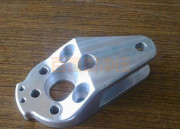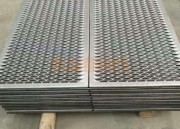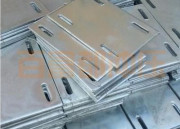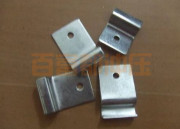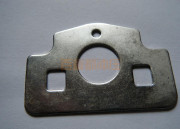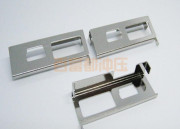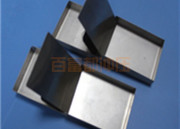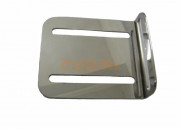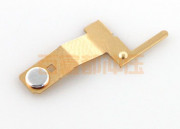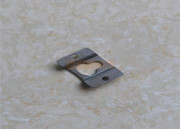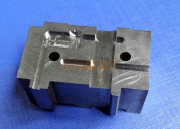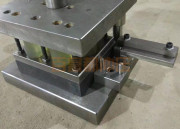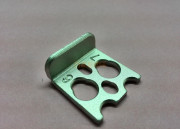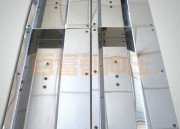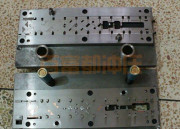How to process precision mechanical parts to meet the precision requirements?
Enterprise personnel engaged in precision machining know that in order to process a reasonable precision hardware, in addition to purchasing precision processing equipment, precision testing instruments are also essential, including three-dimensional, altimeter, hardness tester, micrometer, etc.
Three-dimensional measuring instrument: It is mainly an instrument for measuring precision mechanical parts by taking three-dimensional points. The three-dimensional is also commonly known as the three-dimensional coordinate. The reason is that the measured workpiece is placed in the three-dimensional measurement space, and the coordinate position of each measuring point on the measured object can be obtained. The measurement personnel can calculate the spatial coordinate value of these points. The geometric size, shape and position of the measured object.
The three-dimensional measurement principle is stated above, so which positions can it be used for? It can measure the size of spherical shape, cylindrical shape, conical shape, etc., and can also measure the curve. After software analysis, the size is digitized, displayed in numbers, and then the computer is used for geometric processing, which can be beneficial to better. Control the precision of machining precision mechanical parts.
Altimeter: An instrument used to measure the height of a spatial point relative to the ground. It can measure the height, depth, groove width, inner and outer diameter, hole center distance, shaft center distance, flatness, verticality, etc. of precision mechanical parts. When measuring, the height gauge and the scribing claw should be matched reasonably so that the line drawn on the workpiece is parallel to the platform, and the height gauge should be matched with the lever dial indicator, which can reduce the measurement error.
Hardness tester: Literally, it is a test instrument for measuring the hardness of a material, indicating the ability of a material to resist the pressing of a hard object into its surface. High hardness also indicates good wear resistance.
Finally, the precision machining manufacturer Shilihe Electromechanical Equipment Co., Ltd. reminds you: the three-dimensional, altimeter, these precision instruments have certain requirements for the ambient temperature and humidity, the best working environment: temperature (20±2) ℃, The humidity is 55%-65%, the purpose is to ensure the accuracy of the data.
Read More →

